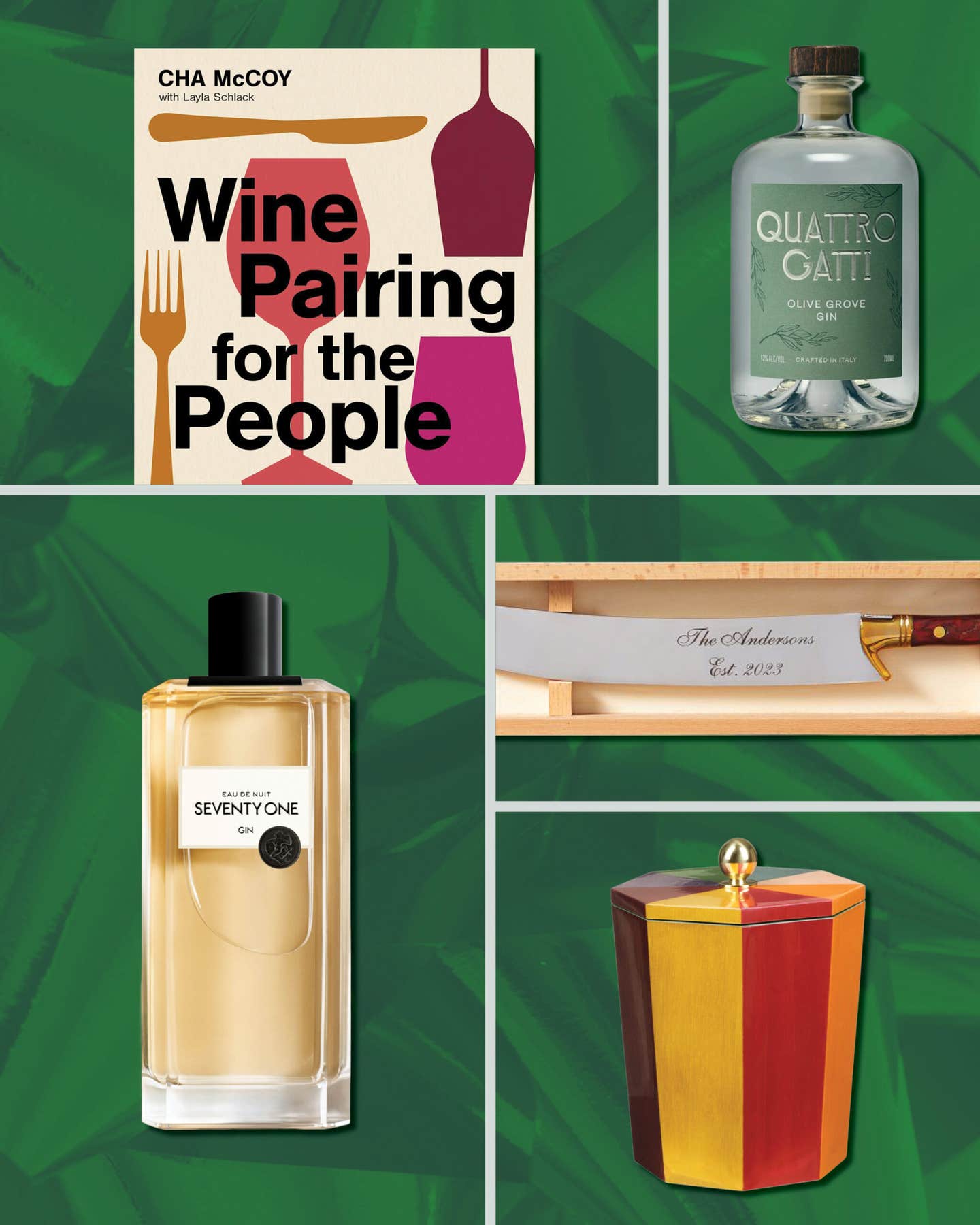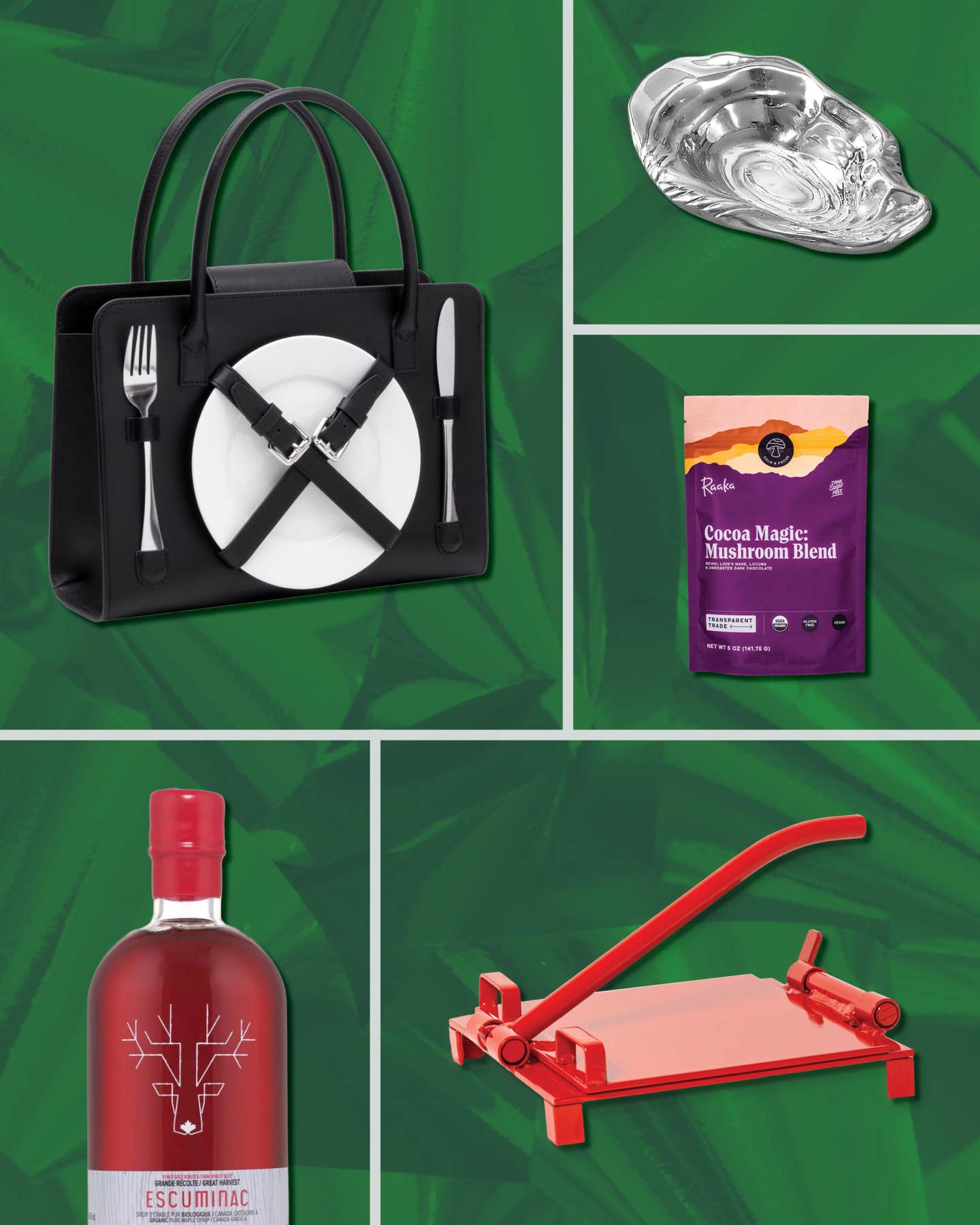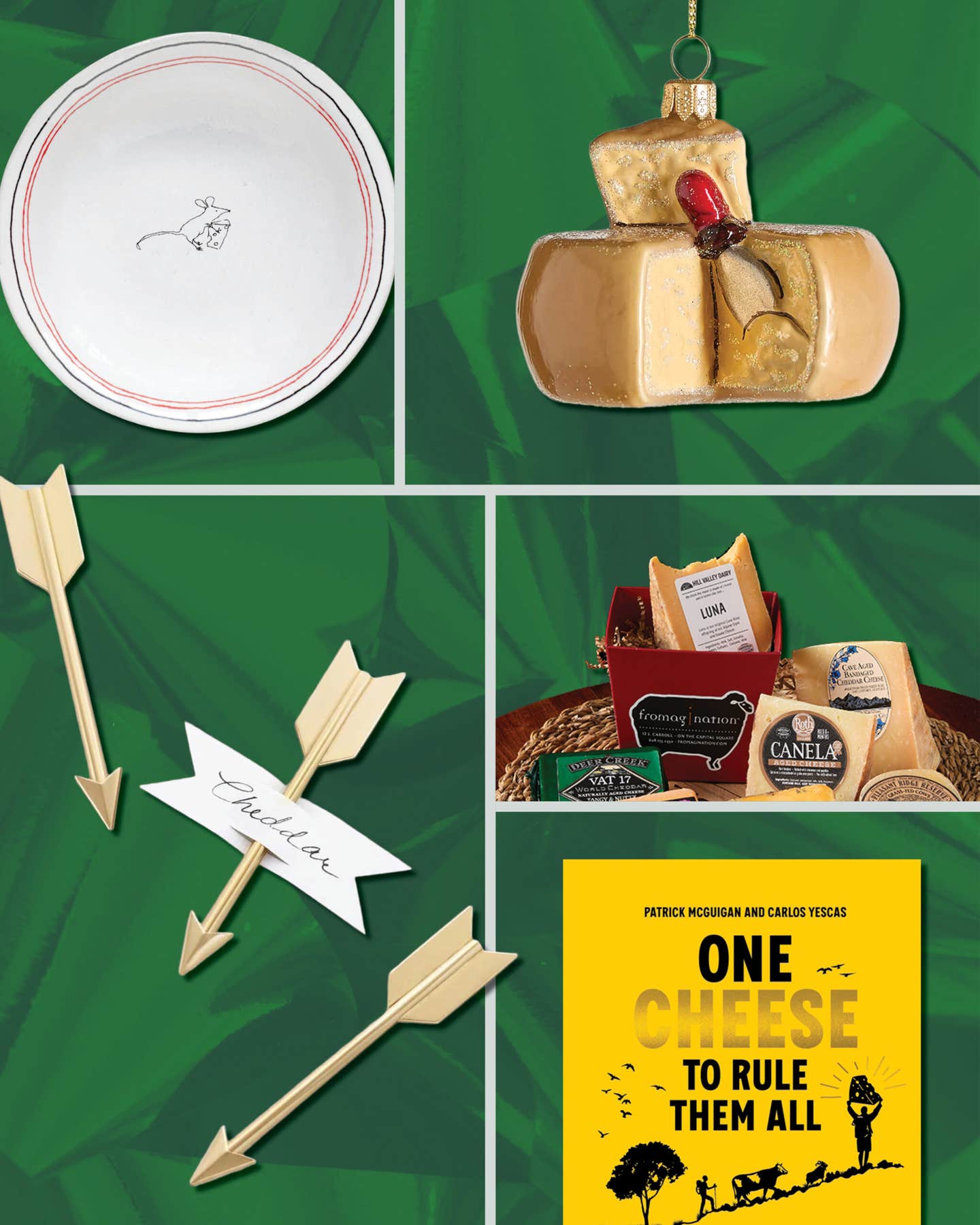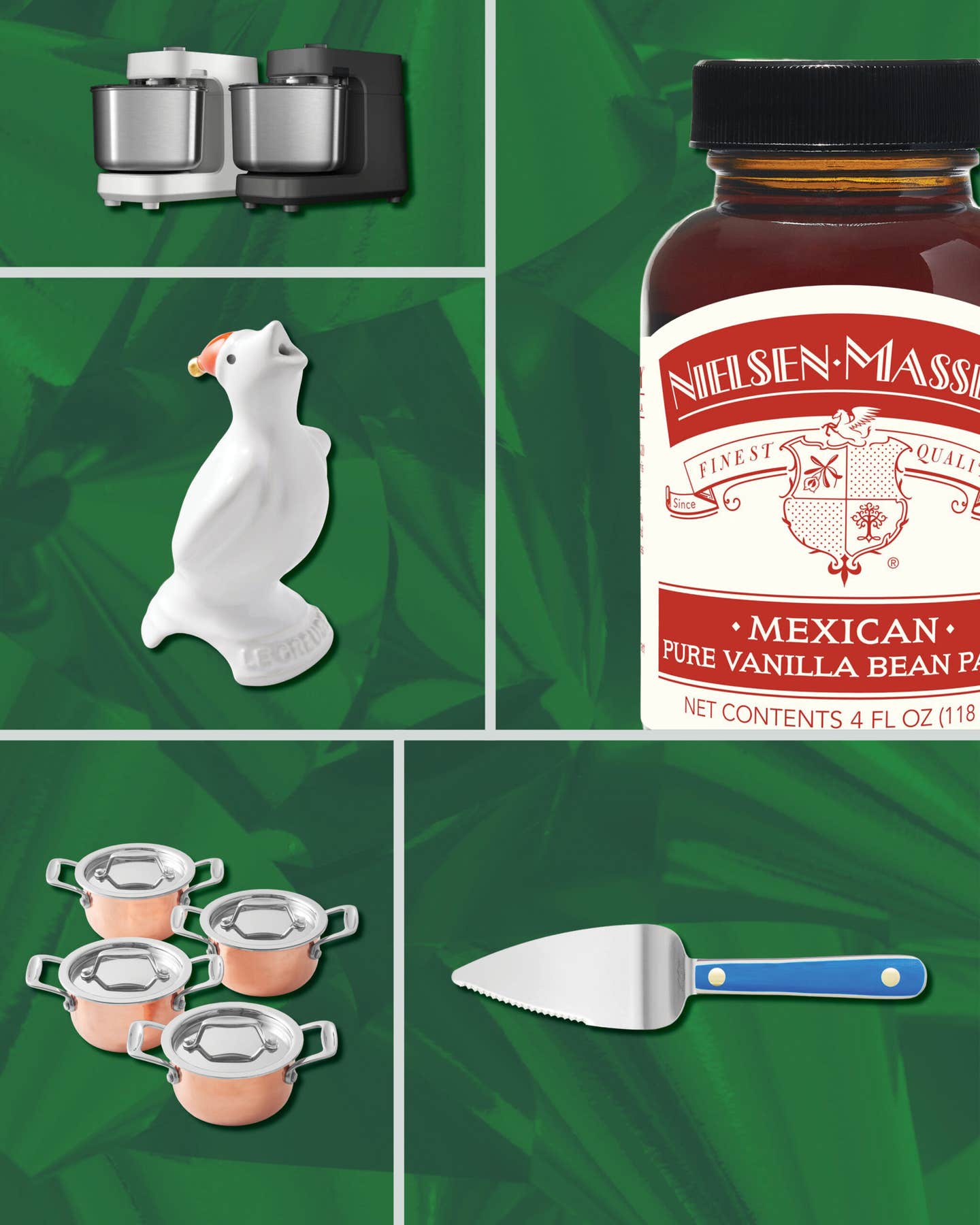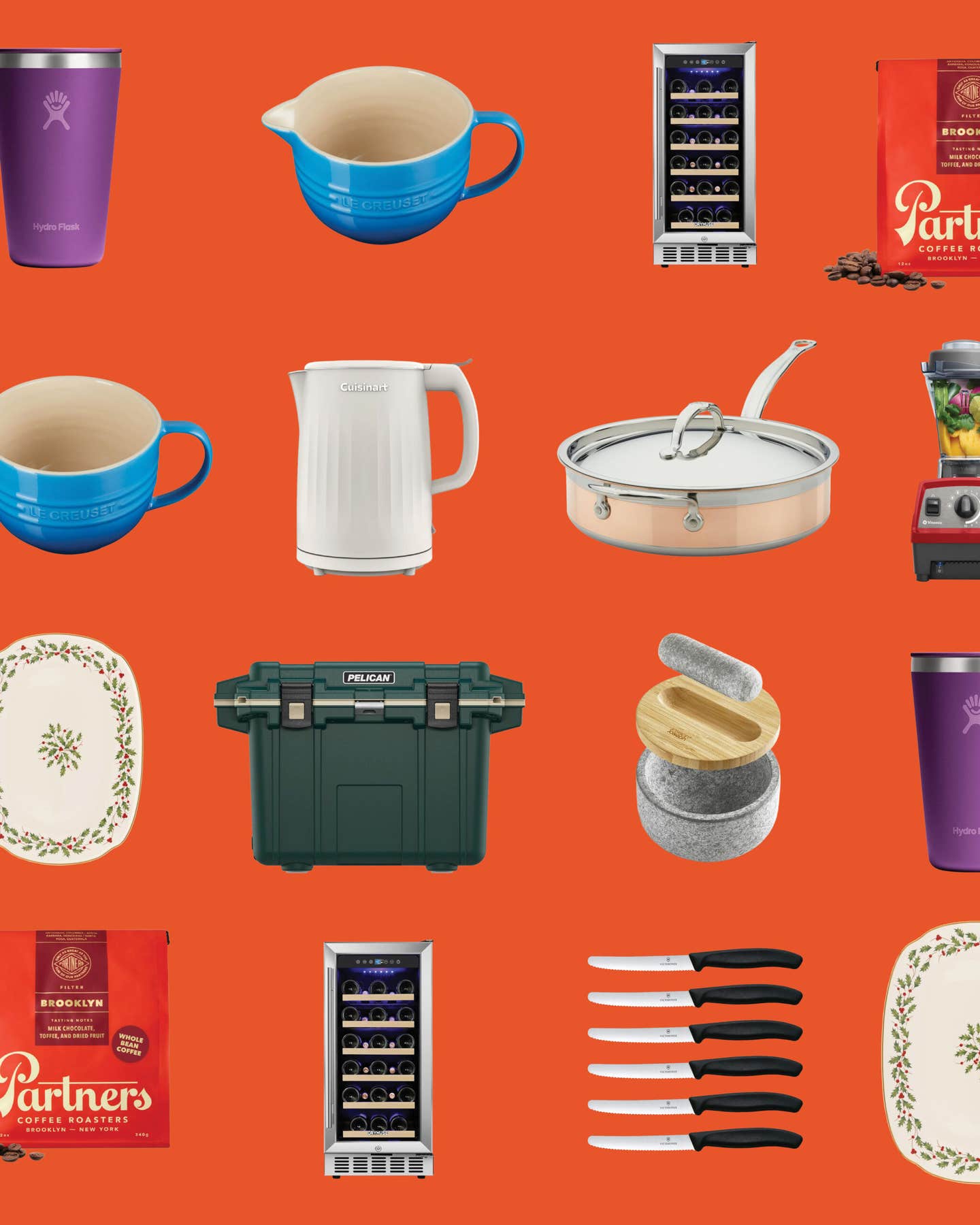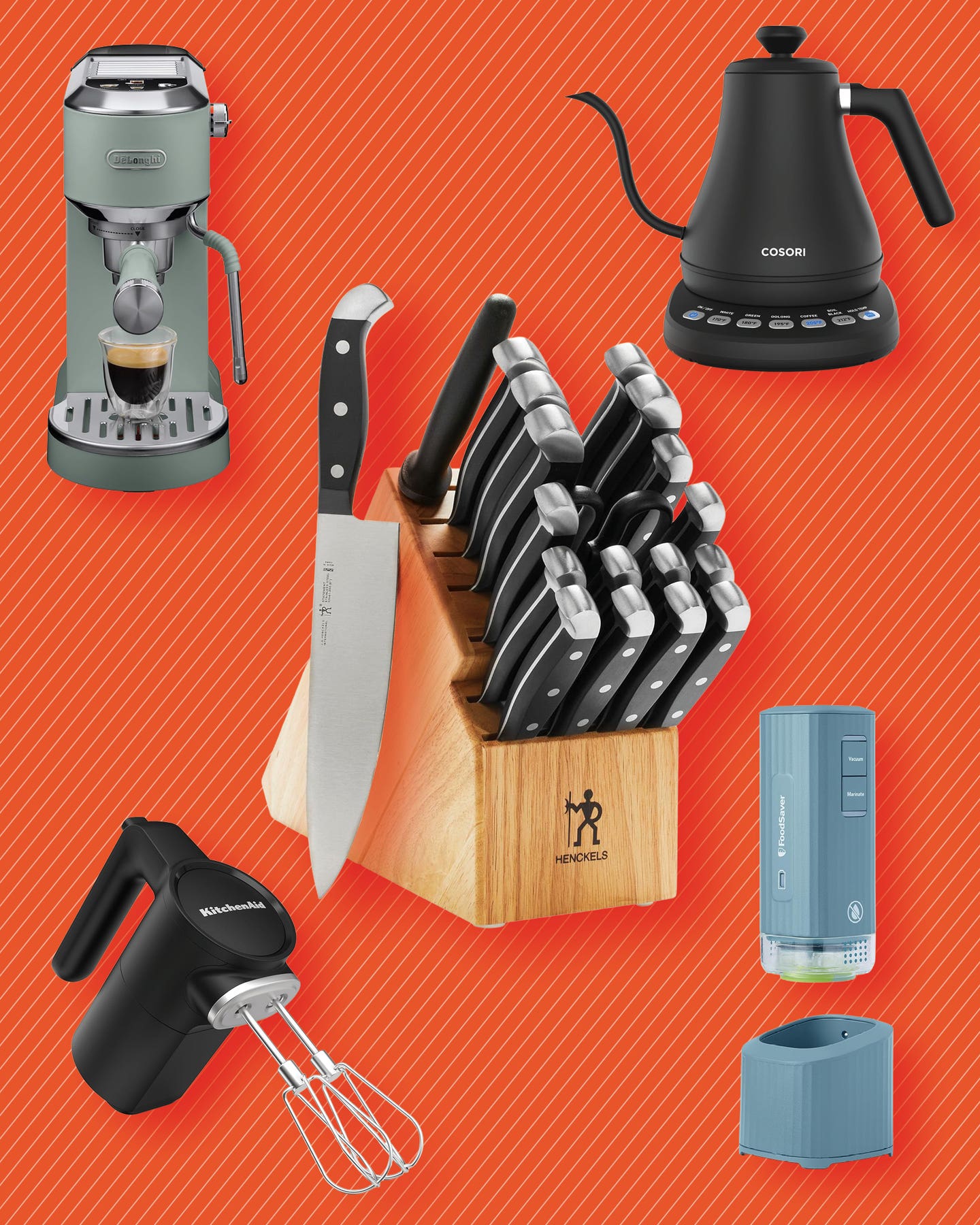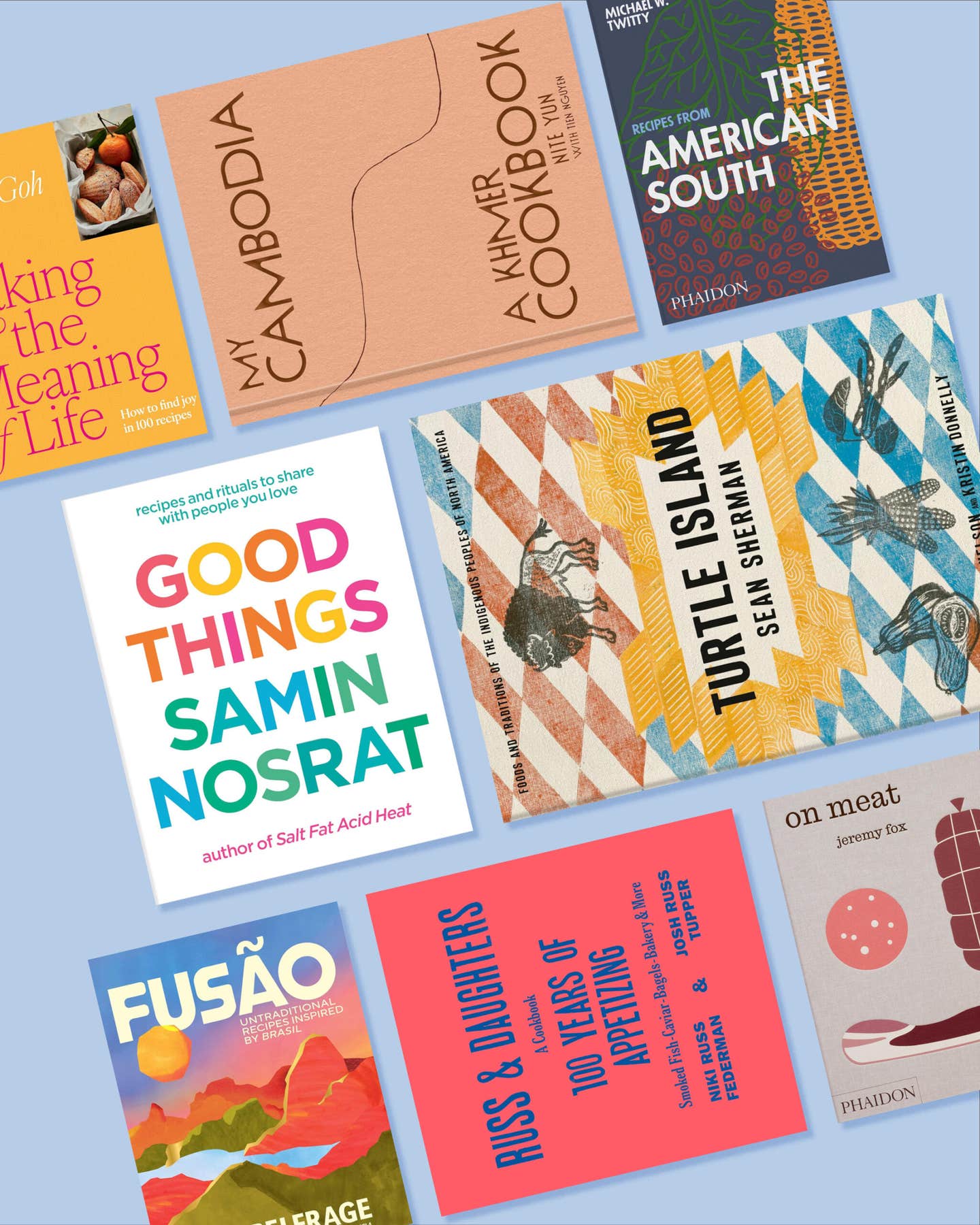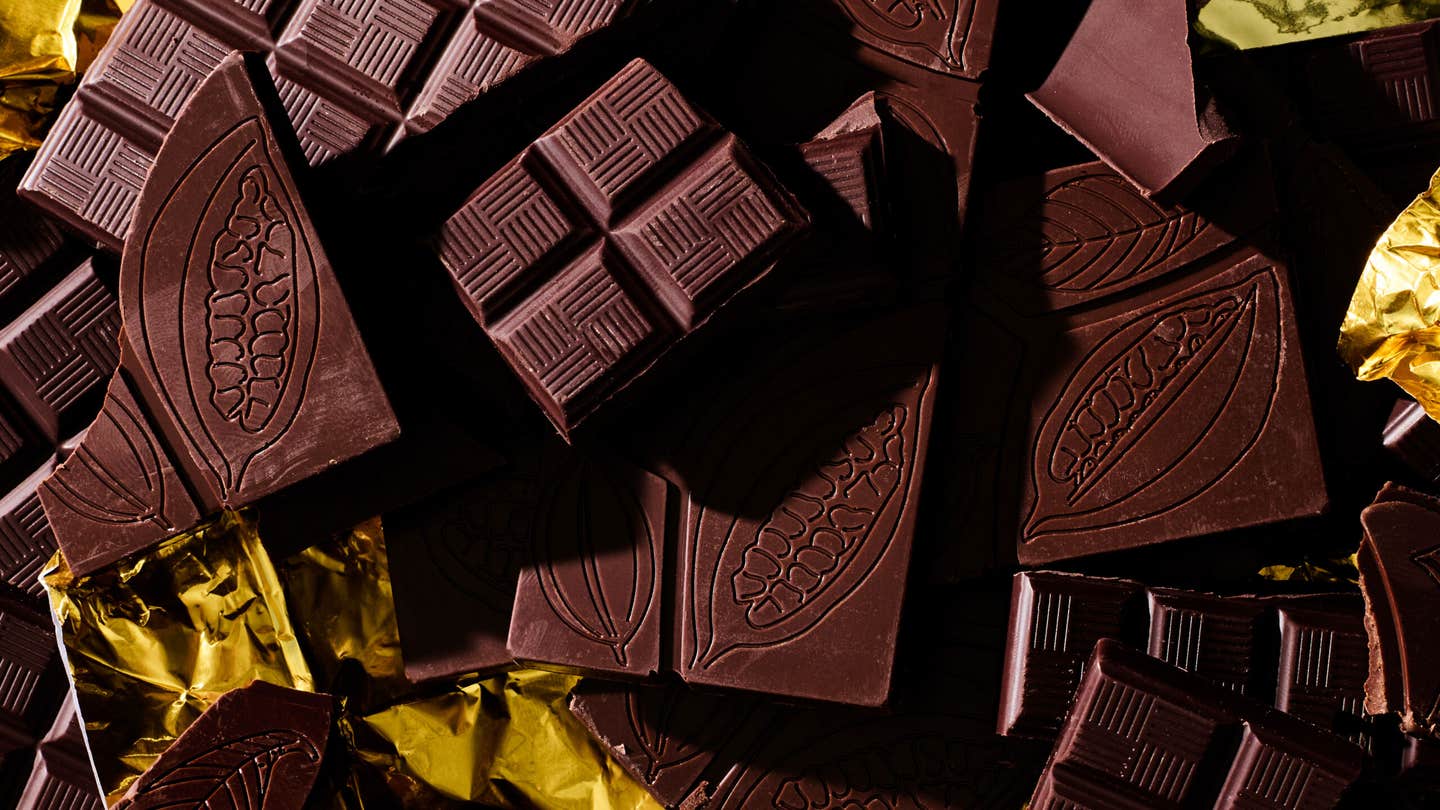These Silicone Cooking Utensils Are the Best Sauce Scrapers
Don’t lose a drop of that béchamel.
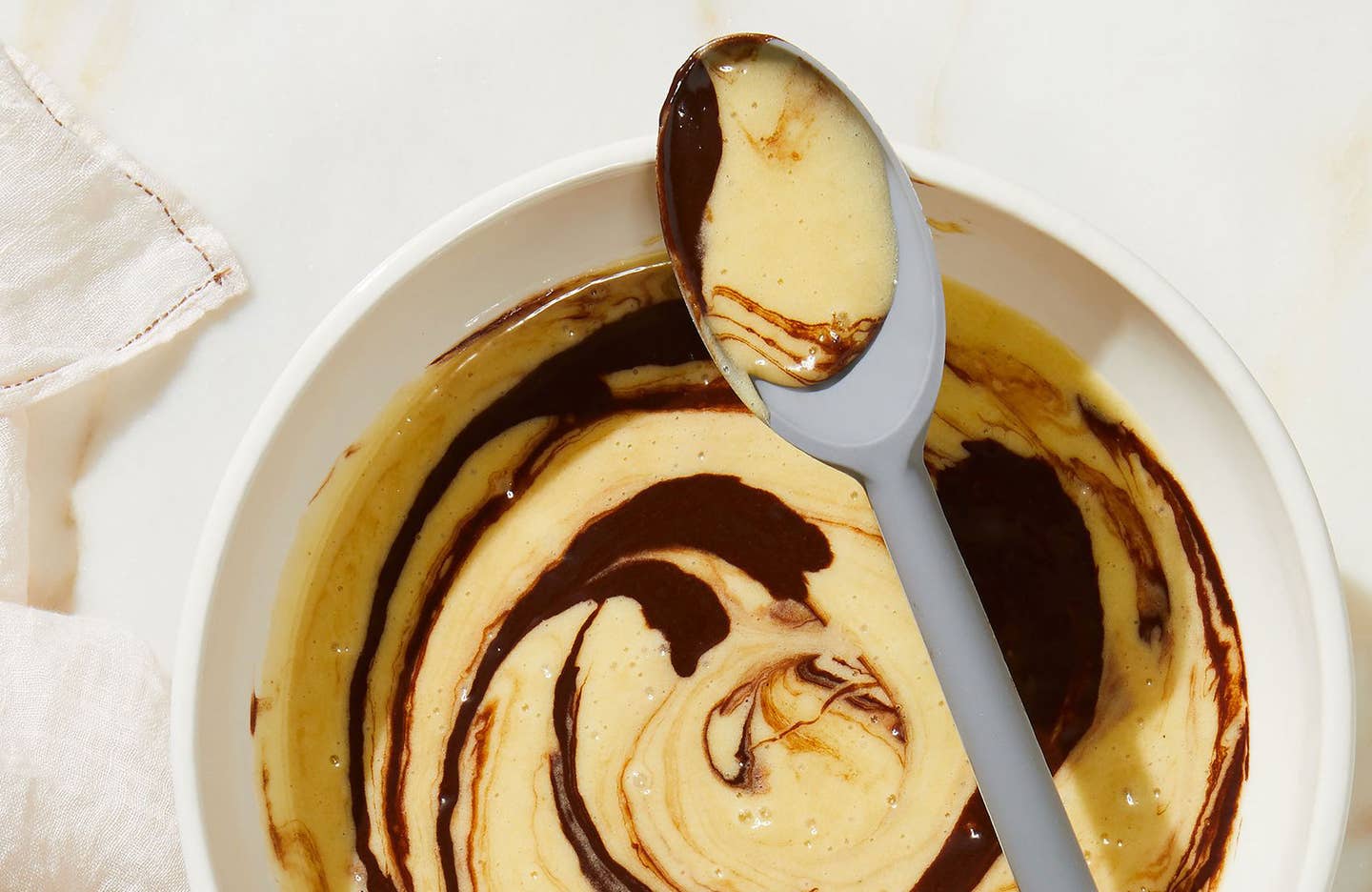
COURTESY OF FOOD52
It often feels hyperbolic to call a kitchen tool "life-changing", but there are a few hallowed items that really do live up to the distinction. Perhaps the most humble—and certainly the cheapest—is a silicone spoonula. I probably have half a dozen different sizes in my kitchen drawers at this point. I love them for making oatmeal in the morning. I love them for scooping out yogurt into a measuring cup. And, of course, I love them for how cleanly and quickly they can scrape sauce out of a pan. Once you use one, I promise you will never go back to stirring with a wooden spoon.
While the silicone spoonula may have been my introduction to the material, I now own a wide range of silicone utensils—whisks, baking mats, even waffle tongs—that I swear by. Silicone utensils are durable, versatile, and never damage pots and pans the way metal or wooden pieces can. So which utensil set is best for you? We’ve consulted experts, tested models, and scoured the internet for the best silicone cooking utensils for the home chef. Read on for six of our absolute favorites.
- Best Overall: Williams Sonoma Stainless-Steel Silicone Utensils
- Best Value: oannao Silicone Spatula Set
- Most Photogenic: Five Two Silicone Spoons
- Best Dual-Material: Le Creuset Bi-Material Tool Set
- Best Mini: Gir The Mini Tool Set
- Best Spatula Set: OXO Silicone Spatula Set
Features to Keep in Mind
Advantages Over Traditional Materials: There are many reasons to use silicone instead of other materials, but probably the number one reason people first invest in silicone-constructed utensils is the delightful squeegee effect when you’re trying to scrape every last bit of sauce out of a pan. “[They’re also] better for use in nonstick cookware because the silicone won’t scratch any cookware surface; can be used at higher temperatures than nylon and other plastics; and they’re dishwasher-safe,” says Tracy Godshall, OXO senior product manager.
Ease of Cleaning: “I always wash them in hot, soapy water,” says Elisa Marshall, owner of Maman and co-author of Maman: The Cookbook. “For those that are ‘more loved’ than others or have residue on them, I will often use a little bit of baking soda with a sponge. That makes for a more abrasive surface and a better clean, while also sanitizing them and removing any odors.” They are also dishwasher-safe, but you do want to be careful about the kind of soap you use. If there is one downside to silicone, it’s that the material can sometimes capture odors or flavors. For that reason, it’s best to wash them with unscented detergent. But the easiest way to remove unwanted smells or flavors? Bake the pieces at a low temperature, like 250 degrees Fahrenheit, for anywhere from 20 to 40 minutes.
Versatility and Durability: “I use the silicone utensils exactly the same as I would the metal ones—and almost all utensils are available in silicone these days,” says Marshall. Silicone is also incredibly durable: You can drop these babies hundreds of times and they’ll literally just bounce back. For that reason, they’re excellent for young chefs. “My 2-year-old son loves being in the kitchen beside me, and I just purchased a set for him as well,” she says. “I don't have to worry about any sharp edges or him damaging any of his kitchen toys with them.”
Design and Color Options: Unlike metal or wood, silicone tools come in a nearly endless variety of colors and patterns. This is especially handy if you’re looking to avoid cross-contamination (you can use different colors for different types of food), or if you’re looking to color coordinate your kitchen.
Our Top Picks
Best Overall: Williams Sonoma Stainless-Steel Silicone Utensils
Best Overall
Nearly all cooking utensils now come in a silicone version, but if you have yet to make the switch, this eight-piece set is the perfect starter kit. It comes with not only the requisite spoonula and spatulas, but also a ladle, slotted turner, spoon, tongs, and pasta tongs. All of the pieces are made with durable, heat-resistant silicone heads, and easy-to-grip, paintbrush-inspired metal handles (an improvement over wooden ones, which tend to break after heavy use). If you have nonstick cookware, this set is ideal: You won’t ever risk chipping the surface of your pan when using these.
Best Value: oannao Silicone Spatula Set
Best Value
This colorful set not only looks adorable on your kitchen counter, but also comes with virtually every tool you’ll need for under $15. Oannao’s wares may be inexpensive, but the pieces are still made from BPA-free, food-grade silicone, which is heat resistant to 446 degrees Fahrenheit (a little lower than some higher-end models, but still suitable for everyday cooking). The set includes a variety of shapes and sizes of spatulas, as well as a baster brush, whisk, and egg separator, making it perfect for bakers in particular. Kids will enjoy using the smaller-size tools while their grown-ups use the regulars.
Most Photogenic: Five Two Silicone Spoons
Most Photogenic
If you’re the sort of home cook with perfectly curated open kitchen shelves and an embarrassingly vast variety of cake stands, you’re probably familiar with the curated collection on Food52. The website’s own line, Five Two, boasts tools in chic shades like blueberry and peppercorn that perform as well as they photograph. The brand’s silicone spoon set includes five pieces, including the ingenious double-ended spoon (one end for stirring, one for tasting). All utensils are made from platinum-grade silicone, which means they are BPA- and BPS-free, as well as dishwasher-safe.
Best Dual-Material: Le Creuset Bi-Material Tool Set
Best Dual-Material
Silicone does wonders when it comes to scraping the bottom of a pot, but its pliability means that sometimes the tools aren’t as rigid as you may want. Le Creuset solved this problem by creating tools made with silicone tips and a sturdy nylon body. This four-piece set includes a ladle, a slotted spoon, a sauté spoon, and a slotted turner, all of which are tipped with silicone for superior scraping capabilities. We especially love the slotted turner, which has both a nylon and silicone corner; you can use either depending on what kind of food you’re working with.
Best Mini Set: GIR The Mini Tool Set
Best Mini Set
Whether you’re low on space, looking for tools for kids, or even a travel-size set (why not?), GIR has you covered with this bundle. And hey, it doesn’t hurt that this four-piece pick comes in an adorable sprinkle pattern either. But aside from how cute they are, GIR’s tools are known for their durability. Each is made out of pharmaceutical-grade, platinum-cured silicone, and are heat resistant to 550 degrees Fahrenheit, as well as microbe resistant. This set comes with mini versions of a spatula, flip, whisk, and spoonula, plus a coordinating container to hold them all.
Best Spatula Set: OXO Silicone Spatula Set
Best Spatula Set
Silicone is a handy material for many kinds of kitchen utensils, but where it shines brightest is in flexible spatulas. Not only are these ideal for frosting cakes or smoothing out layers in a lasagna, but no other tool is better at scraping sauces out of pots or pans. Our favorite spatulas come from kitchen brand OXO; they’re durable, have a sturdy handle, and come in a variety of colors. This trio includes different spatulas that can conquer nearly any kitchen project: a small one for saucepans, a spoon spatula for mixing, and an “everyday” spatula for everything from a stir-fry to cake batter.
Ask the Experts
Q: Are silicone cooking utensils nontoxic? What about BPA-free?
A: “Some of the less-expensive silicone utensils may not be BPA-free, and have fillers and toxins. So ensure that you’re always reading the fine print; you get what you pay for,” says Marshall.
Q: Can silicone cooking utensils melt when exposed to high heat (e.g., grilling)?
A: “We do not recommend silicone for grilling,” says Godshall. “When placed over direct, high heat like an open flame, the silicone can degrade.” That said, high-quality silicone is heat-resistant up to 550 degrees Fahrenheit, so it will be fine in a hot pan.
Q: What is the difference between silicone and nylon cooking utensils?
A: “Silicone has a higher heat resistance compared to nylon, and it can also be combined with other materials like stainless steel to give tools a heat-resistant, nonporous top surface,” says Godshall. “Nylon utensils tend to have completely nylon heads with a lower heat resistance and porous bodies that can trap odors and flavors.”
Q: How often do I need to replace my silicone cooking utensils?
A: Silicone is durable and will last years, but each tool’s life span will vary depending on frequency of use and its shape. “If your tool has a thin, sharp edge (often for scraping, flipping, or lifting), those can tend to dull down over time with lots of use,” says Marshall. “If you also see any discoloration from food dyes or color-rich foods, sometimes the best thing to do is to let them go. Fortunately, they are relatively inexpensive and won’t break the bank!”
Our Take
Every kitchen should have at least one silicone spatula in the utensil drawer. Its uses are manifold, and even a high-end model is still inexpensive compared to other cooking tools. But apart from the spatulas, silicone cooking utensils are a wonderful addition to any chef’s collection. They are durable, keep nonstick pans from getting damaged, and are a low-cost way to inject a bit of color and fun into your kitchen.
Keep Reading
Continue to Next Story
